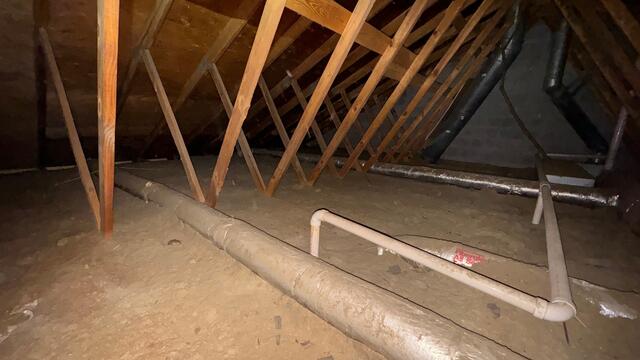
Old Insulation
Old and inefficient insulation can lead to an uncomfortable house. In this attic, the insulation needed to be at least 10 inches deeper and should cover the ducts and pipes.
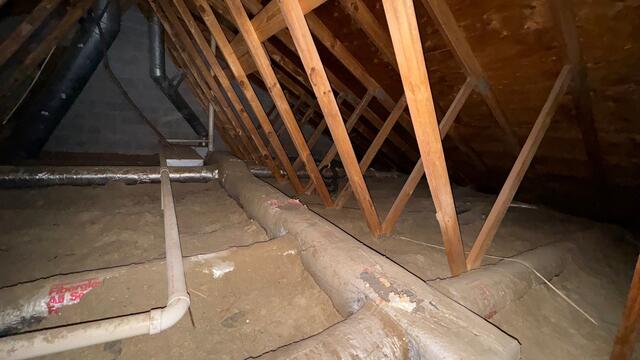
Rodents in the attic
The insulation around the duct system had chew marks and showed evidence of rodents using the materials to nest.
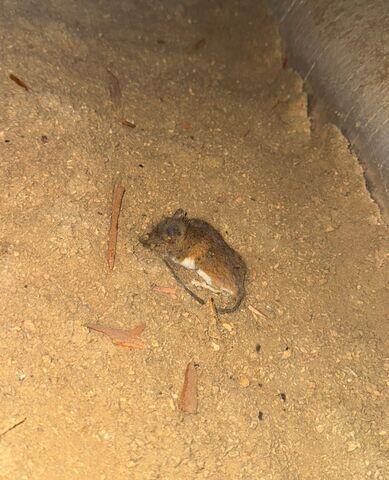
Attic Rodents
Using the wrong insulation can create a welcoming environment for pests. Fiberglass and other type of traditional insulation is warm and rodents like to use it as a nest. We use cellulose insulation treated with a rodent deterrent.

Dirty Insulation
when rodents make a home in your attic insulation, their waste can cause health problems when it impacts the air you breath in your home. Eliminating air flow in and out of an attic is always a good decision.

Air Sealing the Attic
After removing the old insulation, Zyp Foam is used to seal up every crack and gap where conditioned air escapes.
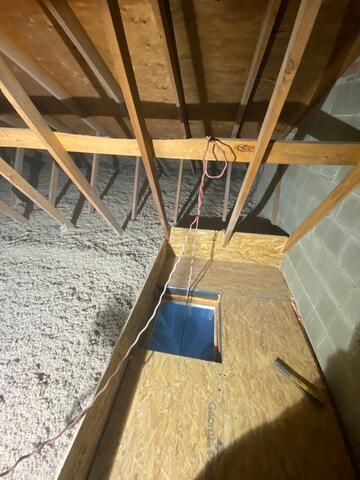
Attic Decking
Building a small attic decking space allows for future service checks of the space. It also helps keep the cellulose insulation from falling when the attic hatch is opened.
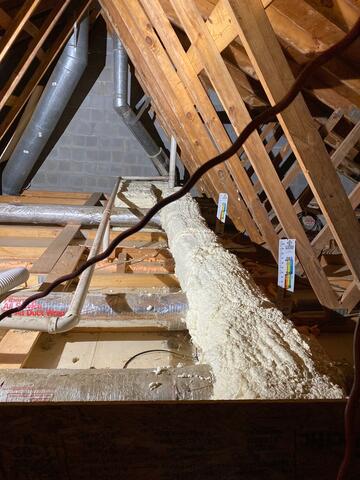
Duct Insulation
Spray Foam was used to insulate the HVAC ducts. This keeps air leaks from happening and protects the conditioned air travelling inside.
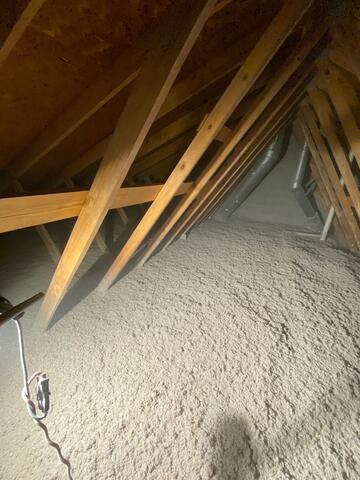
Blown Cellulose Insulation
Tru Soft Cellulose Insulation is blown over top of the now air sealed attic floor. This covers the duct system and water pipes running through the attic.

